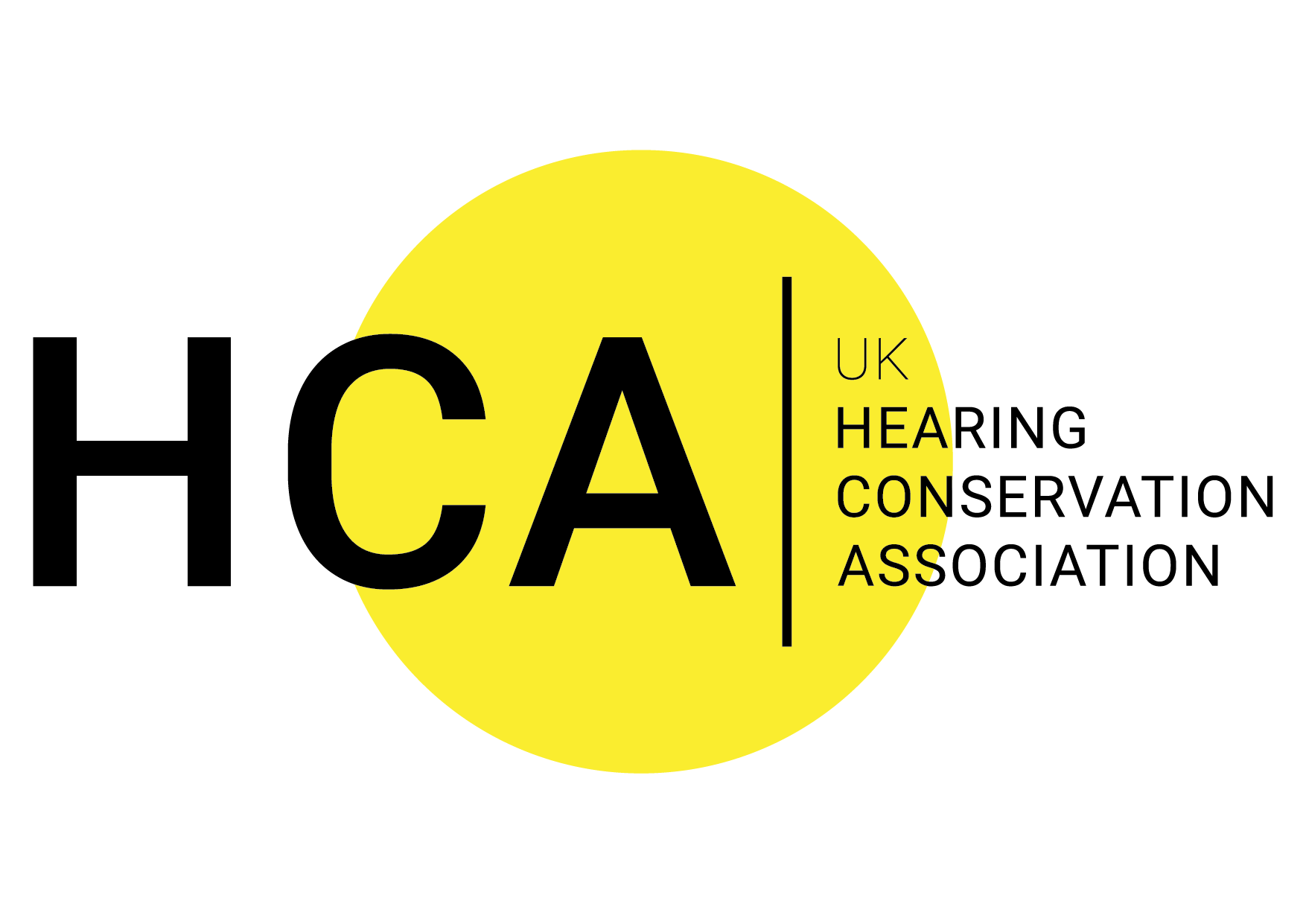Review by Alex Wilson
The first in the series of webinars held by the UKHCA and kindly hosted by the BOHS we were treated to a special showing of two of the industry’s icons regarding managing noise in the workplace and controlling noise through many options. This pair consisted of Chris Steel from the HSE and Peter Wilson from INVC. This partnership was a great way to kick off the series and we were not disappointed.
Chris kicked off the session providing a unique look at what he and the HSE have been seeing recently and the concerns they have around some gaps in managing noise in the workplace. The best way to do this was using 3 C’s, Control, Competency and Credible data.
Control. This hit home with some thought provoking images and case studies shared by Chris showing bad management, poor use of PPE, bad supply of PPE and lack of good information. Not applying good control puts many people at risk. Peter shared in his talk that reducing the risk can have massive benefits in terms of risk reduction. There are lots of information and case studies available via the HSE website and other Trade associations so make the most of it.
Competency of consultants and Credible data. Reliable noise data seems to be a lacking resource available to many companies. We need good skills to help us use good data to make positive change. In the UK there is £1.2b spent on 3rd party HSE advice. So, if we are spending this money, we want to make sure that we get our moneys worth. One resource unknown to many is a consultant competency questionnaire that can be used to assess the general and technical competency of a consultant. It is free to use so look into using this to help with your consultant selection. Chris did say that HSE are going to start reviewing noise reports and if necessary, they will take action as they believe that access to credible data is very important.
To sign off the webinar Peter Wilson made a bold but realistic statement that not much has changed in the last 30 years. Noise control is the orphan in the world of noise management. PPE / Hearing protection just does not cut it. Noise risk is directly proportionate to noise dose. So, if you get it right then you can make a big impact. If you reduce noise by 3dB then you halve the risk.
Something to remember, is that if noise exposures are above 95dBA you cannot realistically control by just using hearing protection. This is why it is so important to apply good noise control principles. Peter shared his top 10 options. Some of these consist of fan technology, using new materials, dampened or deadened materials, silencers on compressed air, isolation of noise and or equipment and intelligent use of machine guarding.
Peters closing message was to go for the low hanging fruit. There are lots of opportunities, they all make a different and most of these do not cost an arm and a leg. There are open source control data available via the INVC website so check that out also if you want to find out more.
It is very clear that Noise control can be very effective at reducing the risk, more effective than hearing protection, it does not have to cost the earth and some options can be done quickly using low cost and readily available materials. Do not miss out at preventing noise exposure the right way.

Recent Comments